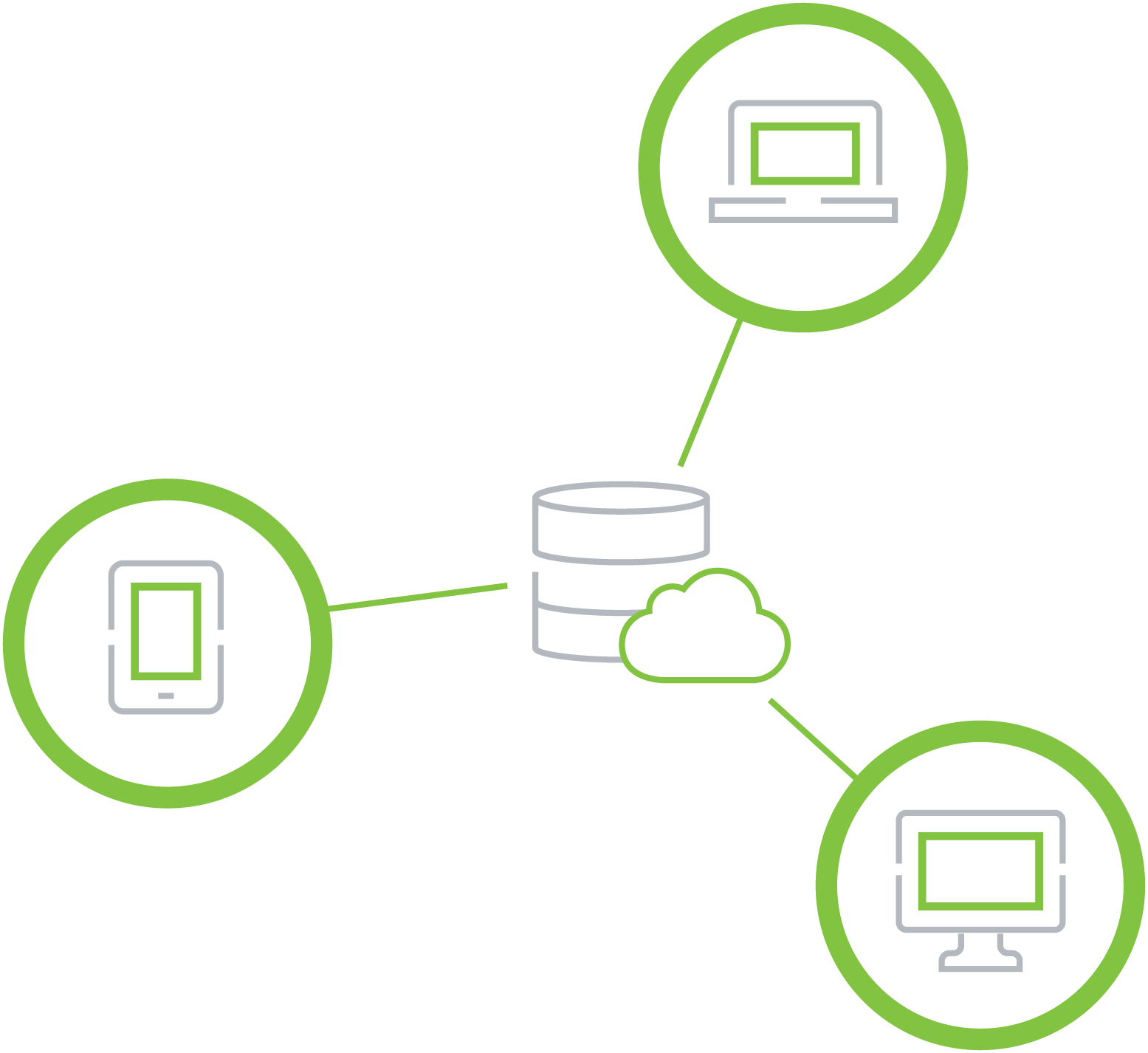As data volumes continue to surge, businesses are increasingly turning to next-generation data archiving solutions to manage long-term storage, meet regulatory requirements, and reduce operational costs. In 2025, the challenges around data governance, compliance, and secure access are only intensifying—making advanced archiving systems more critical than ever.
Modern archiving technologies now offer intelligent, secure, and scalable solutions that preserve business data, protect against unauthorized tampering, and support compliance with a growing array of industry regulations. These systems help businesses lower costs, enhance security, and ensure data remains accessible and reliable over time—all while supporting organizational growth.
The Value of Next-Generation Archiving
Next-generation archiving platforms offer several key benefits that cater to today’s data-intensive and regulation-driven business environment:
Tamper-Proof Storage
One of the core advantages is the ability to preserve data in an immutable format—ensuring that archived information remains protected from unauthorized modifications. Industries such as healthcare and finance, which face strict compliance mandates, particularly benefit from these secure, audit-ready systems.
Fast and Efficient Data Retrieval
With powerful indexing, metadata management, and advanced search tools, organizations can retrieve archived data quickly and accurately. This is essential for industries like finance, where access to transaction histories during audits must be immediate and error-free.
Automated Compliance Retention
These systems automatically enforce data retention policies, reducing manual oversight and human error. For example, healthcare providers can store patient records for legally required periods without the need for ongoing manual monitoring.
Optimized Storage Costs
Archiving solutions help businesses move infrequently accessed data to lower-cost storage options, relieving primary systems from unnecessary loads. Retailers, for instance, can archive historical sales data cost-effectively, reducing IT maintenance expenses.
Streamlined Auditing and Reporting
Automated indexing and classification simplify the auditing process and help ensure documentation is accurate and accessible. Legal firms and other audit-intensive industries benefit from faster compliance reporting and reduced errors.
In short, these advanced archiving solutions offer a powerful combination of long-term security, cost efficiency, and regulatory readiness.
Implementation Complexities
While the benefits are clear, implementing next-generation archiving systems does present several challenges:
Accurate Data Classification
Determining what data should be archived, and for how long, requires careful planning. Misclassification can lead to unnecessary storage costs or hinder retrieval. For example, research organizations must separate critical experimental data from less important files to ensure efficient storage.
Scalability for Growing Data Volumes
As data continues to grow exponentially, archiving systems must scale without compromising performance or retrieval speed. Without sufficient scalability, access delays and system strain can undermine the archiving strategy.
Integration with Existing Infrastructure
Seamlessly integrating archiving solutions with both legacy and modern IT systems can be complex. Without proper integration, organizations may experience fragmented data environments or limited access to archived content.
Dynamic Retention Policies
Industry regulations frequently evolve. Archiving systems must be capable of automatically adjusting to changing retention rules to ensure continued compliance.
Speed and Accessibility
As archive sizes grow, maintaining fast search and retrieval performance is vital. Effective metadata tagging and advanced indexing help ensure users can access archived data efficiently.
Organizations must address these complexities to realize the full value of their archiving strategy.
Supporting Effective Implementation
To successfully deploy next-generation data archiving solutions, organizations need expert planning and professional support. Key elements of an effective implementation include:
Policy Development and Compliance Planning
Partnering with archiving experts helps organizations create detailed retention policies that align with industry regulations. These policies ensure legal and internal standards are met from the outset.
Seamless System Integration
Technology specialists play a crucial role in integrating archiving solutions with existing IT infrastructure. Proper integration prevents data silos and ensures continuous access to critical information across platforms.
Ongoing Monitoring and Protection
Regular monitoring helps detect unauthorized access attempts or system issues early. A proactive approach minimizes the risk of data breaches and ensures uninterrupted access to archived data.
Routine Audits and Assessments
Regular audits confirm compliance and identify potential gaps in data storage or classification. Early detection of weaknesses allows organizations to make necessary corrections before facing regulatory consequences.
With the right planning and support, businesses can build secure, compliant, and future-ready archiving environments.
Conclusion
Next-generation archiving solutions provide businesses with the tools needed for secure long-term data storage, regulatory compliance, and cost-effective operations. These systems offer rapid retrieval capabilities, tamper-resistant protection, and the flexibility to adapt to evolving data needs.
Despite the challenges of implementation—such as data classification, integration, and policy management—organizations that invest in expert guidance and continuous system monitoring can unlock the full potential of modern archiving.
Ready to future-proof your data strategy?
Reach out to our team today to explore customized archiving solutions that simplify compliance and optimize storage for the digital era.






